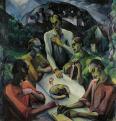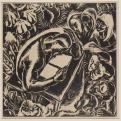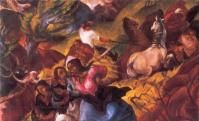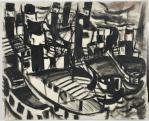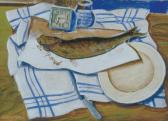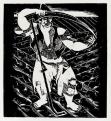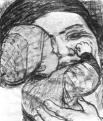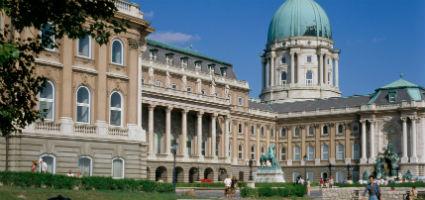 |
Address: 1014, Budapest Szent György tér 2.
Phone number: (1) 201-9082
E-mail: info@mng.hu
Opening hours: Tue-Sun 10-18
|
|
Individual ticket for adults
|
3200 HUF
|
/ capita
|
|
Individual ticket for students
|
1600 HUF
|
|
|
Individual ticket for pensioners
|
1600 HUF
|
/ capita
|
|
Video
|
1000 HUF
|
The Hungarian National Gallery continues its sequel of influential figures in Hungarian art. In 2013, works of art by one of the most influential painter Gyula Derkovits are to be shown. Works of art by the internationally acclaimed artist are to be in the context of works by Hungarian and foreign visual artists. In addition to his oeuvre and the context provided by works of fellow artists, we hope to provide a review of the time period.
The National Gallery has presented artists of modern Hungarian art from the 19th and 20th century ever sine the mid 80s. Thus, it feels relevant to review art between WWI and WWII, starting with Gyula Derkovits. By presenting the oeuvre of Derkovits we have the opportunity to discuss how Derkovits was evaluated in various time periods thus helping the visitors understand his art even more.
The significance of Derkovits' art was recognised by his contemporary artists and collectors as well. The communist party also patroned and supported him. He himself talked about his commitment and consented to the myth of the proletarian in need while he was a successful exhibiting artist and was helped by many. Posterity had various, polarised ideas of Derkovits. Either his politics or his art was evaluated, not the tow together. Our exhibition is to review his art from a wider angle to reflect on Derkovits' work and its uniqueness, how it fit the painting art of his period and how it differed from it.
The exhibition is not about the lonely genius or the eccentric talent but an artist who was aware of art trends of his times and who consciously had that as source for his art. Derkovits involved characteristic means of various visual art forms of his time in his painting, that lent than e individual taste for his art. To demonstrate this, we also display works by his contemporaries of similar approach, at one section as analogous art, at other as counterpoint to his art. Paintings and graphics by artists from Germany, Austria, Poland, Czechoslovakia (eg. Otto Dix, Käthe Kollwitz, Carry Hauser) provide further context to understanding Derkovits' art.
